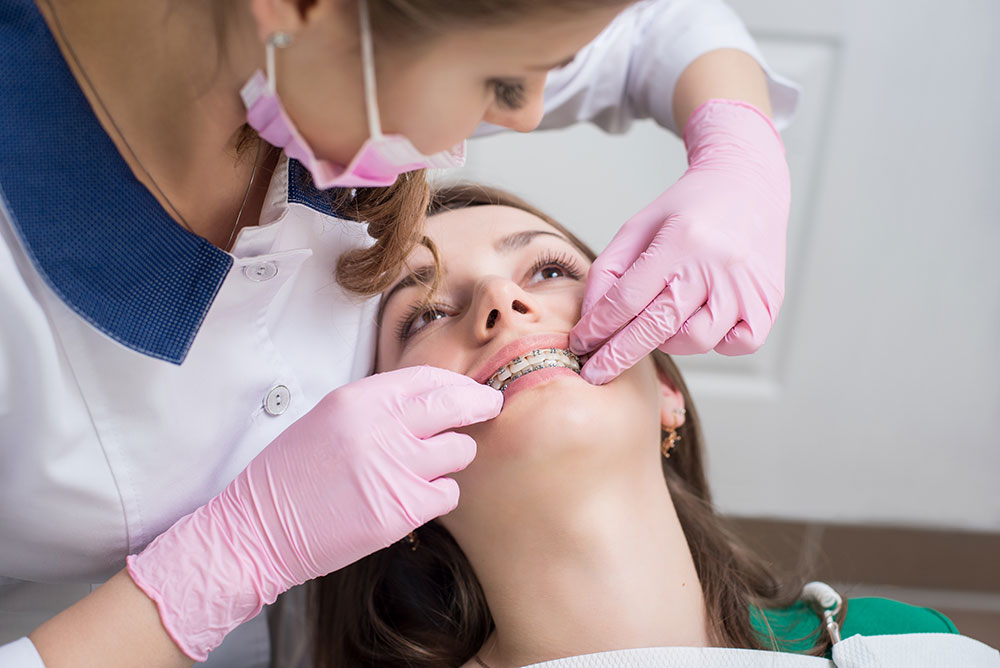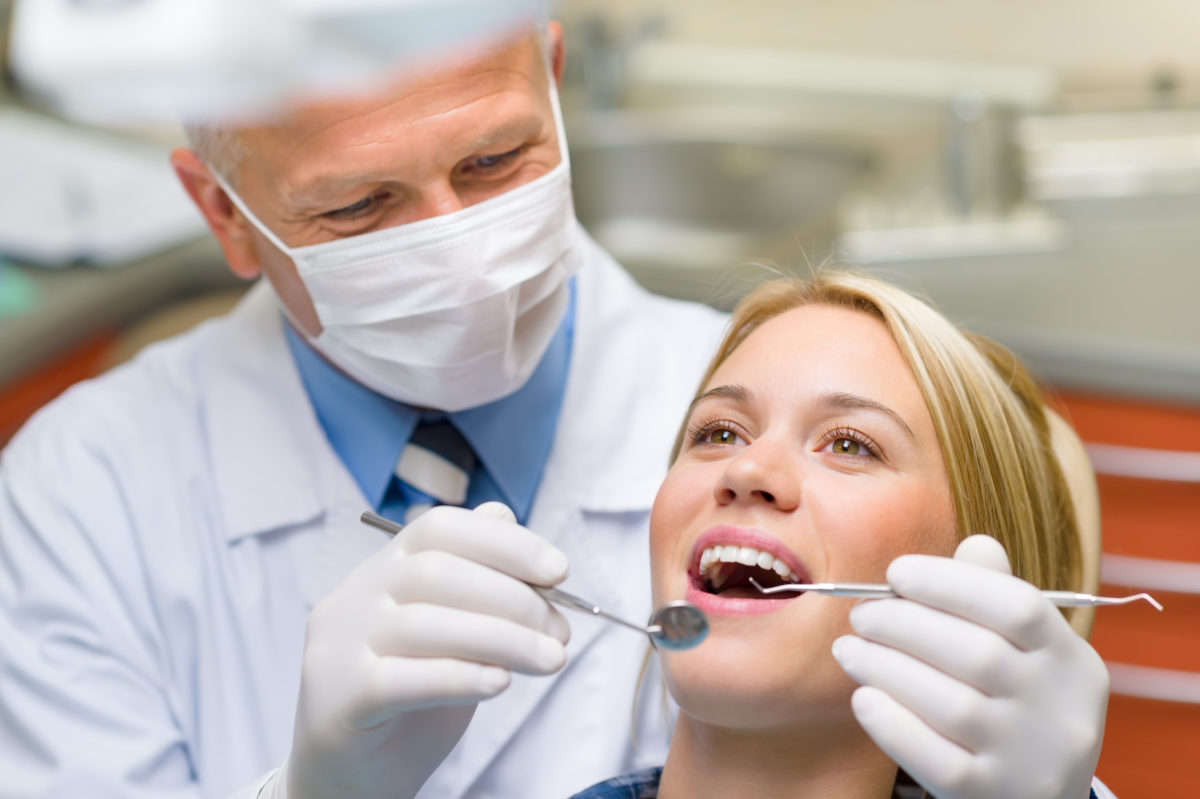The Main Principles Of Legacy Orthodontics
The Main Principles Of Legacy Orthodontics
Blog Article
Indicators on Legacy Orthodontics You Should Know
Table of ContentsA Biased View of Legacy OrthodonticsLittle Known Questions About Legacy Orthodontics.Excitement About Legacy OrthodonticsSome Known Facts About Legacy Orthodontics.The Ultimate Guide To Legacy Orthodontics
In addition, we use flexible therapy routines, adaptable repayment choices and a fun, delightful experience.An orthodontist is a dental practitioner educated to identify, prevent, and deal with teeth and jaw abnormalities. Orthodontists work with people of all ages, from youngsters to adults.
Malocclusion, or misaligned teeth, can lead to oral problems, consisting of tooth degeneration, periodontal disease, and hard or unpleasant chewing. Not everyone is born with straight teeth. If you have a bad bite or big spaces between your teeth, you might wish to consult a dental professional focusing on orthodontic treatment.
Top Guidelines Of Legacy Orthodontics
( Picture Credit Rating: DigitalVision/Getty Images) Orthodontists utilize repaired and detachable oral tools, like braces, retainers, and bands, to transform the position of teeth in your mouth. Orthodontic therapy is for oral problems, including: Jagged teethBite problems, like an overbite or an underbiteCrowded teeth or teeth that are too far apartJaw misalignmentThe objective of orthodontic treatment is to improve your bite.
A healthy and balanced bite guarantees you can eat, eat, and talk appropriately. While you could consider orthodontists as mostly for kids or teens that require braces, they can correct dental issues at any age. Orthodontists participate in university, oral institution, and orthodontic school. After graduation, they spend 2 or 3 years in an orthodontic residency program.
, but not all dental experts are orthodontists. They focus on two areas: Exactly how to correctly and securely relocate teeth Exactly how to properly lead advancement in the teeth, jaw, and faceOnce an orthodontist has actually finished training, they have the option to become board accredited.
Our Legacy Orthodontics Diaries
Malocclusion leads to tooth congestion, a twisted jaw, or irregular bite patterns. Malocclusion is usually treated with: Your orthodontist connects steel, ceramic, or plastic square bonds to your teeth.
If you have only small malocclusion, you might be able to make use of clear braces, called aligners, instead of typical braces (https://my.omsystem.com/members/legacyortho). Some individuals require a headgear to help move teeth right into line with pressure from outside the mouth. After braces or aligners, you'll need to use a retainer. A retainer is a customized device that keeps your teeth in position.
They can produce additional area in the mouth without having to pull teeth. Orthodontists make use of cords, medical screws, or plates to support your jaw bone.
You may need to see an orthodontist if you have: Crowding or otherwise enough area for all of your teethOverbite, when your top teeth come your base teethUnderbite, when your bottom teeth are also much forwardSpacing or issues with gapsCrossbite, which is when your top teeth fit behind your bottom teeth when your mouth is closedOpen bite or a vertical gap in between your front bottom and upper teethMisplaced midline, when the center of your bottom and top teeth don't line up Dealing with an oral malocclusion can: Make biting, chewing, and speaking easierImprove the symmetry of our face and your overall appearanceEase pain from temporomandibular joint disordersDifferent your teeth and make them less complicated to clean, helping avoid tooth decay or cavities It's often a dental professional who initially notices misaligned teeth throughout a regular exam.
The Greatest Guide To Legacy Orthodontics

During your first orthodontic examination, you'll likely have: An oral examPhotos taken of your face and smileDental X-raysPanoramic (360 level) X-rays of your face and headImpressions to produce mold and mildews of your teethThese examinations will more tips here aid your orthodontist understand how to wage your treatment. clear braces. An orthodontist is a dental expert who's had training to treat your teeth and jaw
Orthodontists might carry out surgical procedure, exams,X-rays,and more to aid you acquire an extra comfy, healthier smile. An orthodontist is focused on your bite, so something like a broken tooth would certainly be handled by a dental professional. Orthodontists are dentists however not all dental experts are orthodontists. Orthodontists are focused on your bite, or the method your teeth meshed, and the straightness of your teeth.
Ever before wondered how celebrities always appear to have completely lined up teeth? Orthodontists are oral experts that concentrate on dealing with irregularities in the teeth and jaws.
The Only Guide for Legacy Orthodontics

While braces are one of the most frequently acknowledged orthodontic therapy, orthodontists have a diverse toolkit at their disposal. The details method picked depends upon the extent of the case, the individual's age, and specific choices. These reliable dental braces utilize a system of braces bonded to the teeth and linked by cords.
These removable trays are tailor-made to considerably change the teeth's position. In cases of slim jaws, palatal expanders can be made use of to develop space for proper tooth alignment.
Report this page